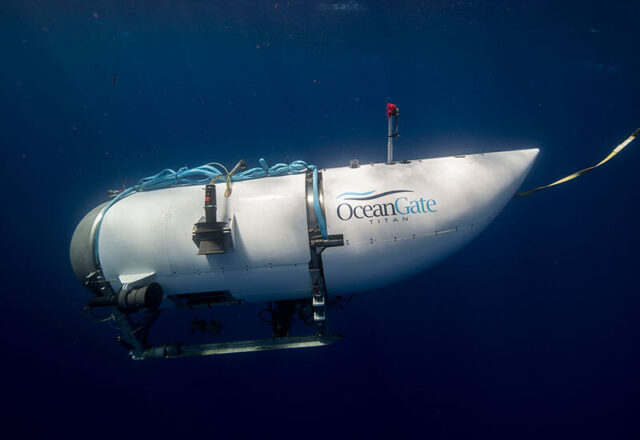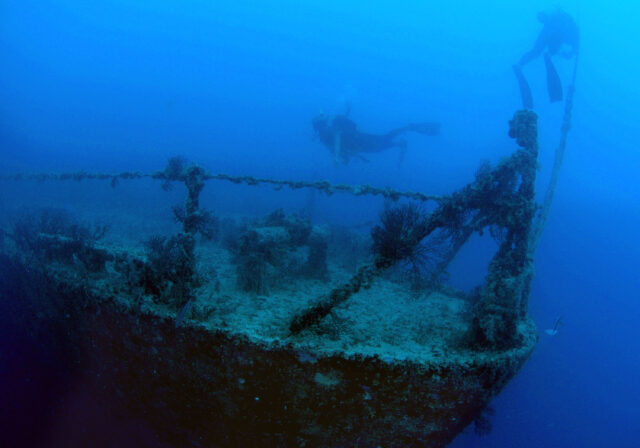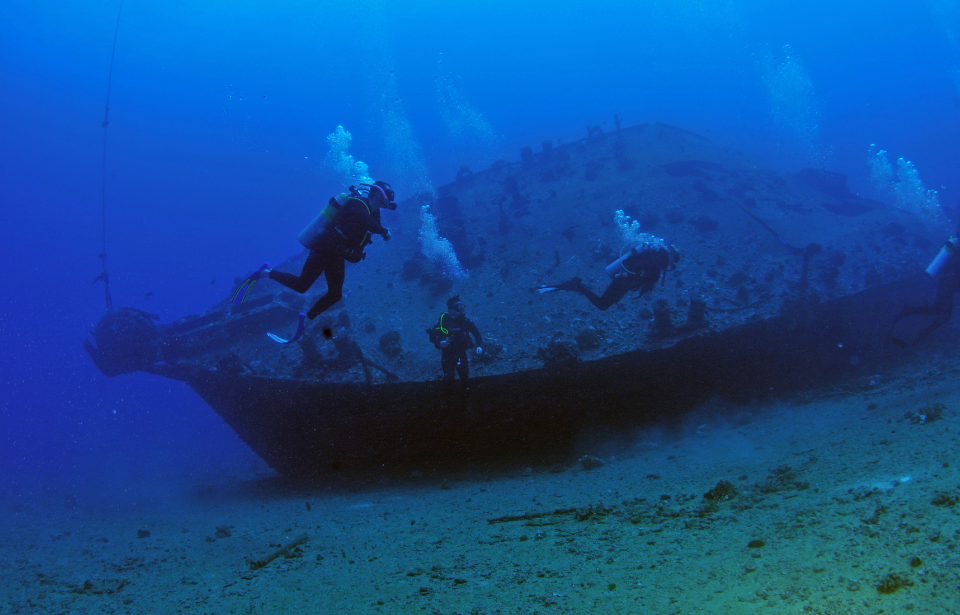The US Department of Transportation has issued a reminder to people everywhere not to go messing around with shipwrecks. The notice, issued in July 2023, clearly outlines how the US Maritime Administration has full ownership over all US wrecks and their cargo. It also extends protection for those that serve as war graves.
There has been a rise in deep-sea adventuring

Considering the global tragedy that occurred with the controversial Titan submersible incident, one might think people would be more inclined to stay away from deep-sea adventuring. Unfortunately, that is not the case. In fact, it is the complete opposite. Ever since the disaster took place in June 2023, extreme tourism of all kinds has intensified.
Since then, several governments have raised the alarm about this increase in interest that seems to have resulted in large-scale looting of underwater shipwrecks.
The US government warns against disturbing shipwrecks

In what seems to be a response to this increased looting, the US Department of Transportation issued a notice in July 2023 to remind people that “No disturbance or recovery from these shipwrecks or their cargoes may legally take place without the express permission of MARAD.”
While the administration allows for activities to take place around shipwrecks, it requires that written permissions be obtained beforehand and prefers “non-intrusive, in situ research.” Outside of this, they warn that their custody extends to all wrecks owned or under the charter of the Maritime Administration in their own waters, foreign waters, and international waters, regardless of when they sunk.
The National Oceanic and Atmospheric Administration has estimated that the US has about 20,000 shipwrecks in its waters, excluding internationally sunken vessels. Their protection extends beyond just the wrecks as well, as in addition, all cargo and war graves are also protected by MARAD.
Multiple wrecks have been victims of ‘illegal salvage’

The Department of Transportation has cited a few instances where “illegal salvage” has taken place on US shipwrecks, which they describe as “highly vulnerable.”
Previously, authorities were alerted to disturbances at a UK battleship and battle cruiser that had been sunk off the coast of Malaysia shortly after Pearl Harbor. It turns out a Chinese-flagged dredger had found the wrecks and was trying to pull up steel from the debris.
The steel from that particular time is significantly valuable as it was made before the advent of nuclear weapons. This means that this particular steel has low levels of background radiation, an important asset when manufacturing scientific equipment.
More from us: Six of the Most Intriguing Things Ever Found on Shipwrecks
In 2017, an investigation found that several WWII wrecks located in the South China and Java Seas were being looted for that same valuable steel. Most of these were declared war graves, serving as the final resting place for about 4,500 sailors.
